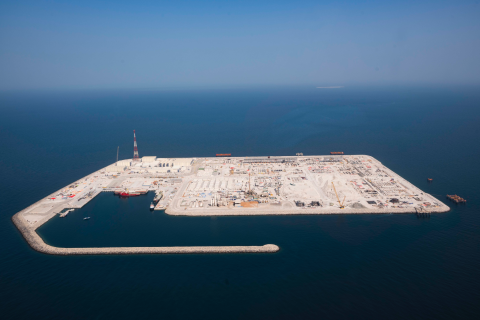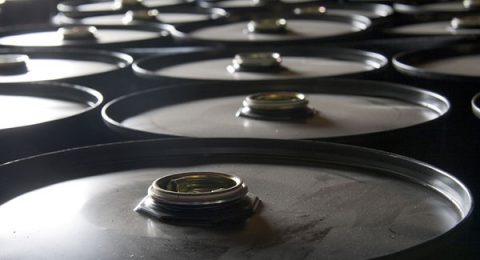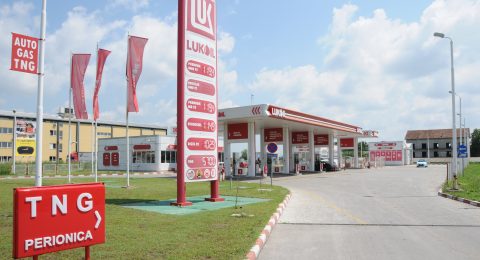Eni and Snam have announced the launch of Ravenna project, the first carbon capture transport and permanent storage of CO₂ in Italy created for exclusively environmental purposes.
This came within the framework of the equal joint venture set up for the purpose.
According to a statement published by Eni, the commencement of CO2 injection activities started in the reservoir for Phase 1 of Ravenna CCS
Phase 1 of the project will capture, transport and store CO₂ emissions from Eni’s natural gas treatment plant in Casalborsetti, in the municipality of Ravenna, estimated at approximately 25,000 tons of per year. Once captured, the carbon dioxide is transported to the offshore Porto Corsini Mare Ovest platform through reconverted gas pipelines. The CO2 will then be injected and stored at a depth of 3,000 meters in the depleted Porto Corsini Mare Ovest gas field.
The project is already delivering a reduction of over 90% in CO₂ emissions from the Casalborsetti plant’s chimney, rising to peaks of 96%. Additionally, the facility is fully powered by electricity from renewable sources, avoiding further CO₂ emissions, the company said.
Claudio Descalzi, CEO of Eni, commented: “A project of great significance for decarbonization has now become an industrial reality. The capture and storage of CO2 is an effective, safe – and now available – means to reduce emissions from energy-intensive industries whose activities cannot be electrified. We are using our depleted fields, existing infrastructure, and technical expertise in reinjection techniques to offer a very competitive service, which is receiving tremendous interest.”
Snam CEO, Stefano Venier, commented: “The commitment to the Ravenna CCS project is an integral part of our strategic plan and is aligned with our intention to position ourselves as a multi-molecule operator in order to enable a fair and balanced energy transition, in which offering even the most energy-intensive players the opportunity to undertake decarbonization paths that preserve their competitiveness.”
Eni stated that by the industrial-scale development of the project will be able to store up to 4 million tonnes of CO2 per year by 2030 by the launch of Phase 2 over the coming years.












